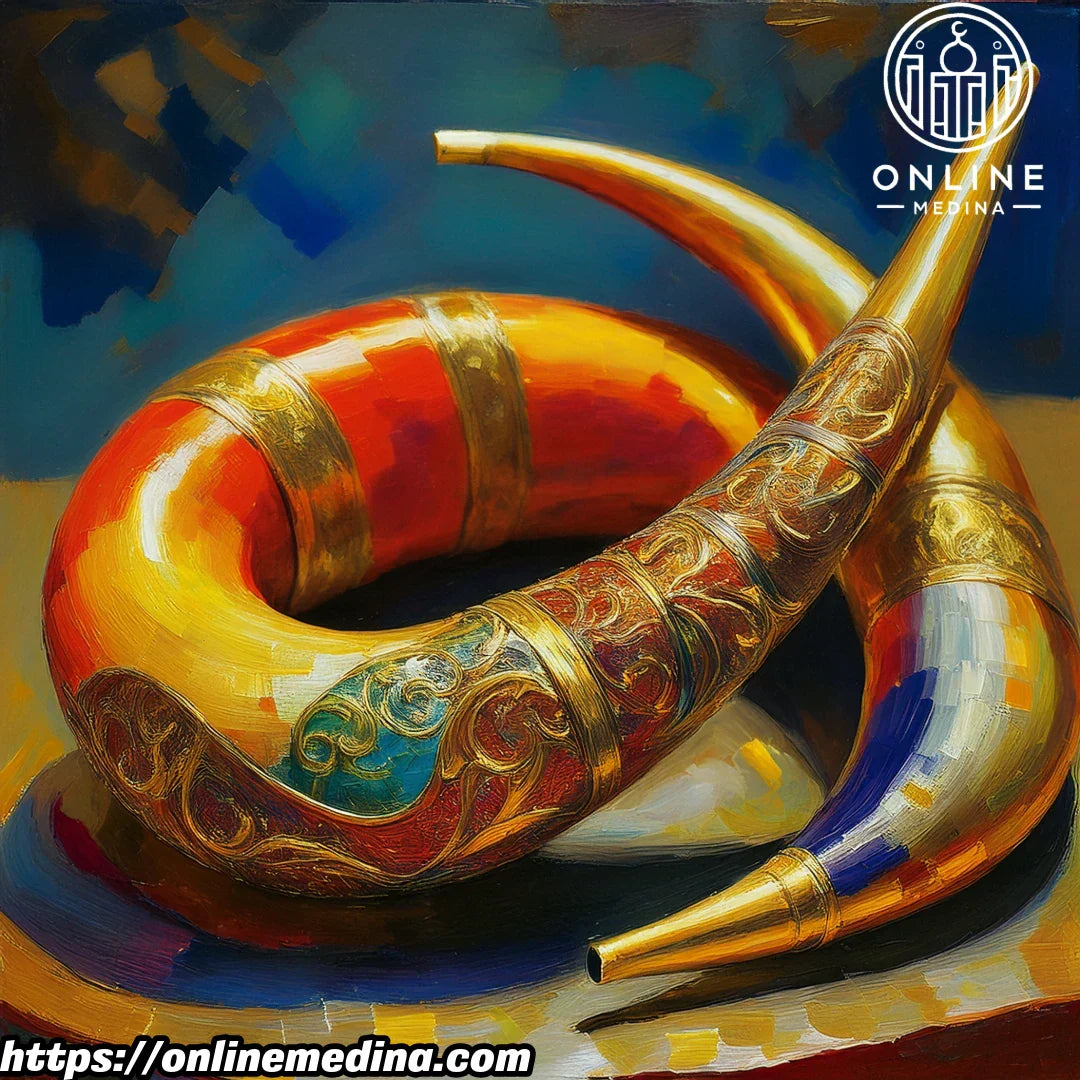
🎬 EPISODE 13: horn craftsmanship
EPISODE 13. In the shadows of the medinas, a craftsman heats a horn, patiently shapes it, and gives it a second life. Little known to the general public, this ancestral Moroccan craft reveals subtle and rare expertise.

📜 A little-known art with ancestral origins
The art of making horn objects dates back thousands of years, long before the advent of metal and plastic. Nomadic peoples and early Moroccan artisans used horn for its natural qualities: strength, flexibility, and aesthetic appeal.
- Prehistory: Horn was first used to make tools and weapons.
- Antiquity: Phoenicians introduced techniques for polishing and engraving horn.
- Middle Ages: Under the Almoravid and Almohad dynasties (11th–13th centuries), horn was crafted into combs, knife handles, and fine jewelry in Moroccan souks.
- 19th century: As Moroccan craftsmanship flourished, horn objects spread through Fez, Marrakech, and Essaouira.
📌 Horn and metal are often combined in the making of knife handles and decorative objects.

📜 A natural material with multiple uses
Moroccan artisans mainly use ox and goat horn, which, once heated and worked, takes on various shapes:
- Traditional combs: Known for their anti-static properties and gentleness on the hair.
- Recycled horn jewelry: Earrings, bracelets, and pendants often paired with chiseled silver.
- Handles for tools and weapons: Knives, daggers, and handmade walking canes.
- Buttons and fashion accessories: Commonly used in djellabas and caftans.
📌 Horn buttons are often used to adorn traditional Moroccan clothing.

📜 Manufacturing process: between fire and precision
The transformation of raw horn into refined objects follows precise steps:
- Selection and sorting: Horns are selected for quality and texture.
- Heating and softening: Soaked in hot water or exposed to a gentle flame to make them malleable.
- Shaping: The softened horn is sculpted by hand with specialized tools.
- Polishing and finishing: Smoothed and shined with stones and cloths.
- Engraving and decoration: Traditional patterns are added for a unique aesthetic.
📌 Like lanterns, some horn pieces are engraved with arabesque and calligraphic patterns.

📜 Eco-responsible and ethical craftsmanship
- Use of natural materials: Horn is a renewable resource from animals intended for breeding.
- Recycling and sustainability: Unlike plastic, horn is biodegradable and durable.
- Preserved know-how: Passed down from generation to generation, this craft fights against massive industrialization.
📌 Why choose a horn object?
- A 100% natural and ecological material
- A unique and elegant texture
- Exceptional strength and longevity

🎯 Tradition and innovation, an art to rediscover
In a world dominated by plastic, horn objects are gradually regaining their place thanks to Moroccan artisans who perpetuate this unique know-how. Online Medina highlights these artisanal treasures, offering lovers of authenticity tailor-made and eco-responsible creations.
📌 In the next episode: Discover the little-known art of Moroccan blown glass, where the fire and breath of the artisan give birth to unique pieces!
♻️ Sustainability meets craft? Visit Online Medina and discover our recycled handmade pieces.
